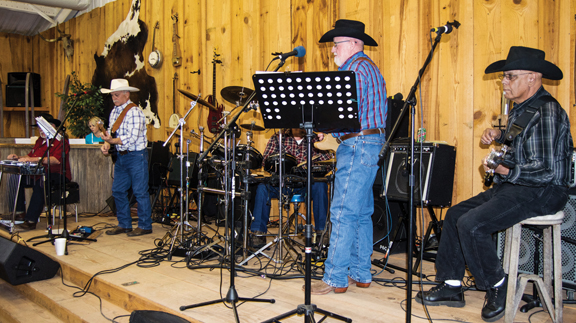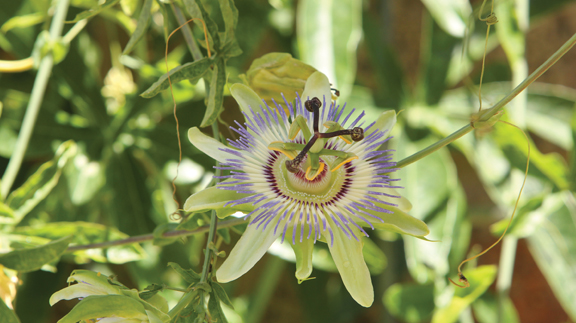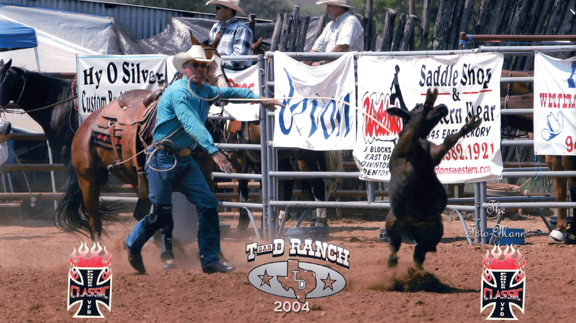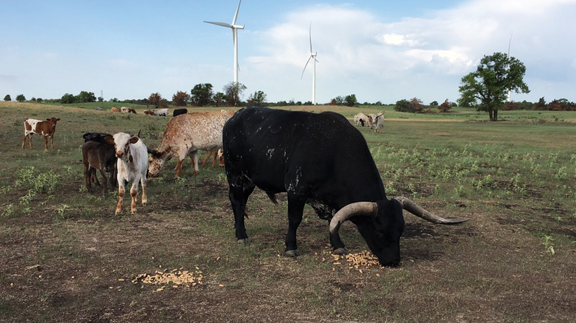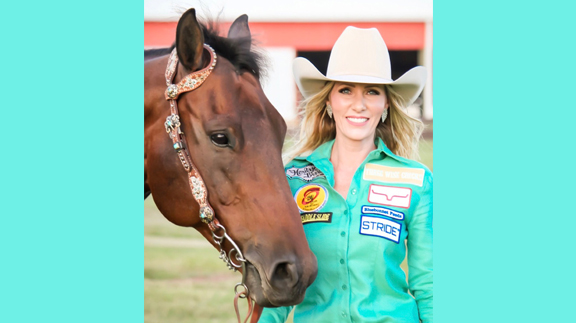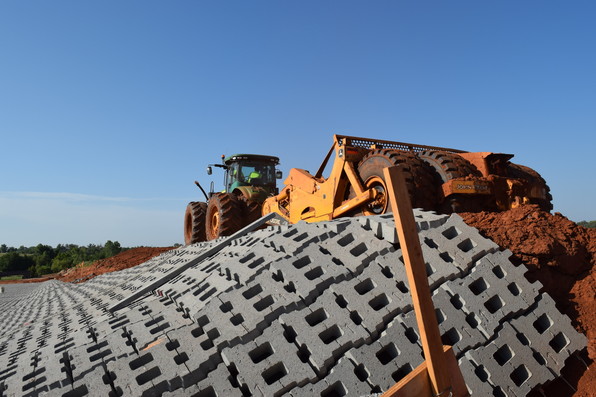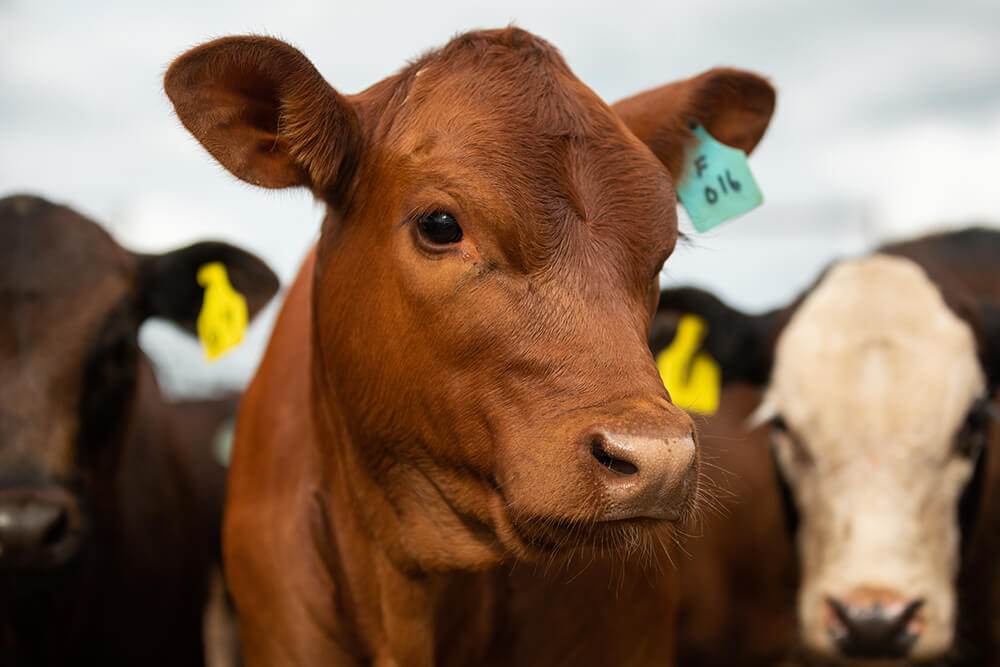Outdoors
Oklahoma State Parks: Lake Thunderbird State Park
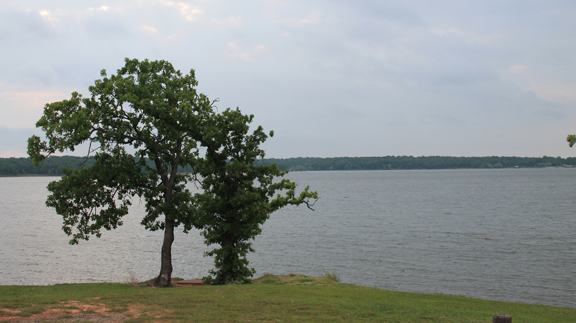
By Laci Jones
Norman, Okla., may be the home of the University of Oklahoma, but thistown is also home to one of 33 state parks. The recorded history of Lake Thunderbird State Park, located east of Norman, dates to 500 B.C.
During the 18th century, Spain, France and England clamed Oklahoma. As part of the Louisiana Territory, the territory was eventually awarded to Spain. Many explorers traveled the land during this time including French explorer Pierre Mallet and American explorer Stephen H. Long. In 1832, Washington Irving, author of “A Tour of the Prairies” and “The Adventures of Ichabod Crane,” among other explorers, toured the area where the state park sits.
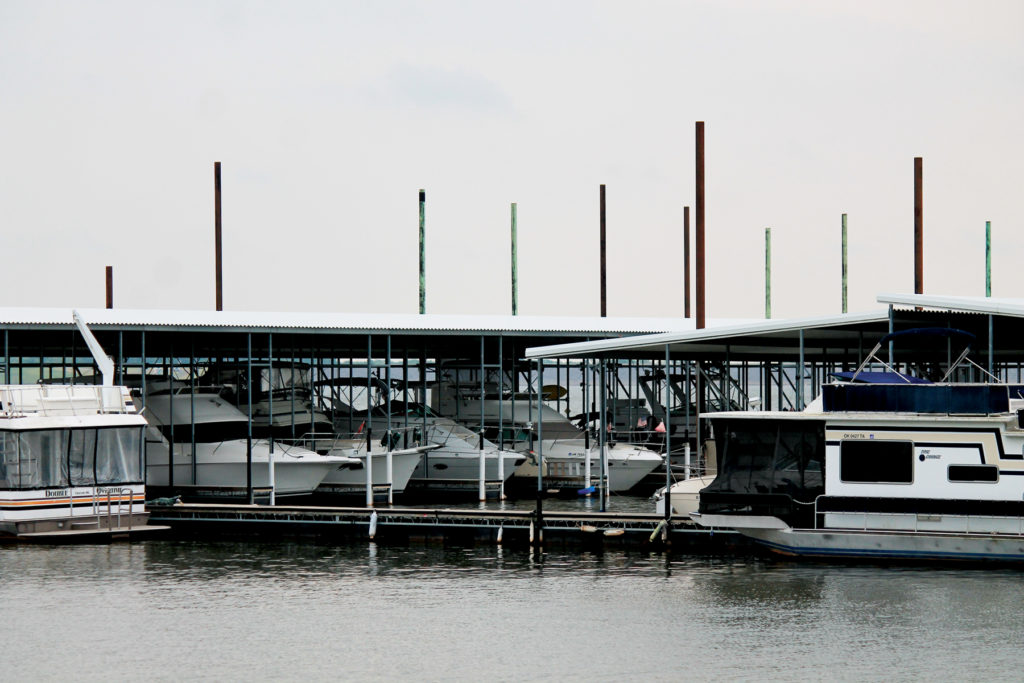 “The purpose of Irving’s tour was to see ‘the last of the redmen and wild game before these things were pushed beyond the reach of civilized man,’” according to the Lake Thunderbird State Park historical essay titled, ‘Lake Thunderbird State Park History, 500 B.C. to Present.’ “Descriptions of the Little River area given by Irving parallel those of the present in various aspects.”
“The purpose of Irving’s tour was to see ‘the last of the redmen and wild game before these things were pushed beyond the reach of civilized man,’” according to the Lake Thunderbird State Park historical essay titled, ‘Lake Thunderbird State Park History, 500 B.C. to Present.’ “Descriptions of the Little River area given by Irving parallel those of the present in various aspects.”
According to the essay, the land was overgrown and rugged and had wildlife including buffalo, bears, elk, deer, wild horses and turkeys. In the 1820s and 1830s, the Five Civilized Tribes settled in Indian Territory. The Choctaw Indians were the first to settle into the area, later sharing the land with the Seminole tribe in 1842.
“By 1850, the Creek tribe moved to another part of the Indian Territory, leaving this area to the Seminoles,” according to the essay. “In 1866, this area was ceded to the United States by the Seminoles, which became known as the Unassigned Territory.”
The Land Run on April 22, 1889, opened the land for settlement, designating the area as Cleveland County a year later. The land was used for farming as well as oil and gas production, according to the essay.
Norman city manager, R.E. Clement proposed the idea of a reservoir to the U.S. Corps of Engineers in 1945. Congressional approval of the lake was given 15 years later. The project for the dam began in 1962, finishing three years later. Construction of the dam cost more than $18 million.
The lake has a surface area of 6,070 acres with 86 miles of shoreline, said Sherman Johnson, assistant park manager of Lake Thunderbird State Park. The name “Little River State Park” was proposed in 1965, leading to the development of a committee to decide the name of the lake.
“A woman won the contest, basing the name on the Native American legend of the mythological creature, the Thunderbird,” according to the essay. “The bird was thought to have carried water in its wings, which sounded like thunder when flapped, and lightning bolts would shoot from its eyes.”
Several buildings were constructed including the park office. A survey was later conducted in 1997. The survey showed the public did not associate the area as a state park, recognizing it only as Lake Thunderbird, according to the essay. The survey resulted in a name change to Lake Thunderbird State Park.
Johnson said the close proximity to Norman city limits has helped the state park see more than a million visitors each year. Visitors enjoy boating, skiing and fishing on the 6,000-acre lake.
“We get a lot of visitors because we are so convenient,” Johnson added. “Visitors don’t have to drive two or three hours to come out and enjoy the recreation in the park.”
To enjoy the recreation, there are two marinas at the state park. Visitors can rent boat slips as well as rent boats at one of the marinas. Both marinas have stores for visitors to purchase gasoline and other necessities. The state park currently has more than 200 RV sites and 100 designated tent sites. Visitors can also visit the nature center located at the state park.
“We offer bow hunting for white tailed deer during designated hunting times,” Johnson said. “It gives the public a close place to come to recreate. If they want to hunt, they can.”
Lake Thunderbird State Park hosts several events throughout the year, kicking off on Jan. 1 with the statewide First Day Hike. The purpose of the hike is to help citizens kickstart their new year’s resolutions to get active. The state park has several trails for beginners to advanced hikers.
In September, the state park hosts Catch a Special Thrill (CAST) for Kids, for kids with disabilities. The event gives kids who do not get the privilege of catching a fish an opportunity to enjoy the outdoors, he added. The state park hosts their Fall Festival at the lake, where they have different vendors dressed in costume handing out candy to trick-or-treaters.
They also hosted their first car show in May and will be celebrating the 80th anniversary of Oklahoma State Parks by hosting different clinics. The state park also offers volunteer events for students at the University of Oklahoma. Students pick up trash for a day during their annual Trash Off.
“They come in and pick up trash during the morning, about four hours, and then we feed them lunch,” Johnson added. “This event has been going on at least 20 years and really helps us clean the lake.”
With the help of the Oklahoma Department of Tourism and Recreation, Lake Thunderbird State Park is currently working on a day-use area with eight day-use shelters with tables and grills. The project also includes a new ADA-accessible fishing dock and a bathhouse. Johnson expects the project to be completed by fall 2017.
For more information on Lake Thunderbird State Park, call 405-360-3572.
Outdoors
Adding years to the significantly important lives of Oklahoma’s Flood Control Dams
Recently, local, state, and federal officials toured the Upper Elk Creek Site 23D Rehabilitation on the east edge of Elk City, Okla.
New life is being given to this flood control dam and the tour was a way to showcase those efforts along with the watershed project sponsor, North Fork of Red River Conservation District. Originally constructed in 1976 at a cost of $102,401 and classified as a significant hazard dam, this is now a high hazard dam. An increase in risk of loss of life and property damage due to a potential overtopping breach of the dam during an extreme flood event is the reason site 23D is undergoing this rehabilitation.
Although Site 23D is functioning as originally planned and providing downstream flood damage prevention, this rehabilitation means that in the future, Site 23D will reduce the potential of a dam breach and subsequent potential damage to downstream properties and infrastructure and will reduce the risk of loss of life. Additionally, the rehabilitation of site 23D allows for the service life of the dam to be extended for at least a century.
In this project, the top of dam elevation is being increased by 4.4 feet. Due to the raised top of dam elevation, the county road is being raised as well. A new 30-inch reinforced concrete pipe is being installed using a technique known as “jack and bore.” Articulated concrete blocks (ACBs) are being added to the exit channel of the spillway to provide erosion protection and prevent head cutting. The contractor for the rehabilitation construction is C-P Integrated Services, Inc., of Oklahoma City. The rehabilitation construction costs are $4.3 million, 65 percent of this cost is provided by the federal government while 35 percent is provided by the Conservation Commission on behalf of the watershed project sponsor, North Fork of Red River Conservation District.
The upstream flood control dams have received incredible support from Oklahoma’s congressional and state leaders.
One form of support that is significant was the passage of SB 1938, authorizing the Oklahoma Capitol Improvement Authority for bond issuance in the amount of $17.5 million on behalf of the Oklahoma Conservation Commission. These funds are being used for the repair and rehabilitation of high-hazard dams pursuant to the Conservation District Act.
Trey Lam, Executive Director of the Oklahoma Conservation Commission, said, “This gathering captured a true picture of what created and has maintained the small watershed program for nearly 80 years. The dedicated and visionary North Fork of the Red River Conservation District Board hosted Elk City officials, a Conservation Commissioner and staff, along with Oklahoma Secretary of Agriculture Blayne Arthur and State Representative Todd Russ, USDA-NRCS engineers and staff. We were also very honored to have Congressman Frank Lucas and his field staff join us. The Watershed Program works best as a partnership of local, state and federal entities with a common goal of preventing devastating flooding while putting conservation on the ground in the watershed. The 2,107 flood control structures in Oklahoma would never have been built without such a strong partnership. All the partners are just as dedicated to maintaining the level of flood protection today and for the next 100 years.”
During the tour, U.S. Congressman Frank Lucas, a native of western Oklahoma and a longtime champion of the upstream flood control program, said, “In conservation these are the good old days; all we have to do is continue to work together and there will be benefits for generations to come. Am I proud of what we have done together? You bet. Thank you to each of you for doing what you do and thank you for helping me do what I do. Together we are going to make such a difference that the people downstream will never know it happened. That’s the ultimate compliment when things work so well that people don’t even know what you’ve done.”
Chris Stoner, the USDA Natural Resources Conservation Service Oklahoma State Conservation Engineer, said, “It was great to see the support from all different levels today with city, county, state and federal officials all in attendance. It was good for everyone to see a job that is under construction to show the scale and complexities of these rehabilitation projects.”
The 2,107 upstream flood control dams constructed in Oklahoma — the most of any state in the nation — have established a $2 billion infrastructure that provides benefits to thousands of citizens. In fact, it’s estimated that the dams and accompanying conservation practices in the watersheds provide approximately $96 million in benefits each year. Not only do they provide flood and erosion control to over two million acres of agricultural land in downstream flood plains, but they also provide sources of water for livestock and irrigation and habitats for wildlife. There are 42 flood control dams that were constructed as multi-purpose structures, which provide municipal and rural water supplies and recreation areas for local communities.
Altogether, the flood control dams in Oklahoma protect 2,756 county and highway bridges; provide a reduction in flooding for 41,744 farms and ranches; trap 19 million tons of sediment each year, which would otherwise end up in major streams and lakes, and they create or enhance 90,979 acres of wetlands.
Outdoors
THE FUTURE OF REGENERATIVE AGRICULTURE AND REGENERATIVE RANCHING
The idea of managing ranches with a focus on building healthy soils and implementing management that promotes healthy wildlife populations and their habitats, biologically diverse plant communities and livestock production is not a new concept. It is, however, a concept that depends on producers who are driven toward those outcomes.
As we look to the future, the external challenges facing U.S. producers will only become more intense. As the U.S. population grows toward a predicted 438 million people by 2050, the demand for food and land will increase.
Many questions are currently being asked. Do we continue to promote management that maximizes production on smaller acreages at the expense of land health, or are there alternative strategies that are productive and profitable while regenerating land?
The majority of our grazing lands are generally not well suited for cropland food production, yet they serve our planet by storing more than 30% of global soil organic carbon. Such intrinsic outcomes are called ecosystem services. Ecosystem services are the many and various benefits provided to humankind by healthy and functioning ecosystems.
Aldo Leopold once famously stated, “Conservation will ultimately boil down to rewarding the private landowner who conserves the public interest.” Opportunities to compensate producers for the production of multiple ecosystem services are currently in development. Ecosystem services are often grouped into functional areas of soil, air, water, plants and animals.
Many of the questions around the production of ecosystem services are common to most emerging markets, and these questions are not lost on regenerative ranching. Largely, much of the research focus in the future will be placed on which metrics matter, how do we most aptly measure them, how are they influenced by management, and can they be monitored at scales that are relevant to producers?
One of the cornerstones of regenerative ranching is a focus on diversifying products, therefore the diversification of market opportunities will continue to be an option for producers interested in regenerating landscapes.
With more data comes more understanding of the value of ecosystem services: how they could be a potential revenue stream and how they impact increased health and function on existing production enterprises.
Managing regeneratively allows our living soil to sequester organic carbon, which aids in climate mitigation strategies. Increasing organic matter provides our soils a greater ability to build aggregation, which allows it to hold more water and further serve as a filter to increase water quality and quantity. Biodiversity is also an outcome, from the soil microbiome to more functional habitats for wildlife species. These are all services provided by regenerative producers that benefit society as a whole.
Regenerative ranching has a positive future. More and more producers are questioning their conventional methods, measuring their outcomes and defining goals that include regenerative solutions. These are and will continue to be positive developments for the agriculture industry and for society as a whole. The question we should all ask ourselves is, what would a future look like without regenerative ranching?
Outdoors
Suzy Landess: Conservation carries history into the future

Feeling a connection to the land you live on is special.
However, appreciating such a connection that stretches back in time 134 years is almost indescribable.
At any given time, Suzy Landess doesn’t have to look at her family tree to appreciate history. Instead she can gaze upon the plains of the Oklahoma Panhandle.
Landess lives and ranches southeast of Guymon on the very land her great-great-great grandparents settled in 1886. That’s why when explaining the present, she starts with the past.
“My ancestors designed this ranch for cattle to water out of the creeks,” said Landess, who lives on the land her grandmother, Pearl Vantine, was born on. “Pastures were set up for rotational grazing along the creeks where the trees also provided shade and shelter for cattle and wildlife. As water in the creeks dwindled, my grandparents looked to windmills to provide a water source for livestock.”
Today, her family’s operation runs stocker cattle and commercial cow/calf pairs.
“This area of Oklahoma has changed since it was settled by the pioneers in the late 1800s,” she said. “Creeks and rivers crisscrossed the Panhandle and provided a water source for buffalo, cattle and early settlers. Today, water is a precious resource in the Panhandle. We no longer have creeks and rivers flowing and we now rely strictly on the Ogallala Aquifer for water in this region.”
Conservation has always played a significant role in ensuring that history continues.
“Conservation has been a way of life for me,” she said. “I have always known that it was up to me to be a good steward of this land. My grandmother always said that ‘This is God’s land and it is our responsibility to be good stewards of the land.’ ”
She can’t remember a time when they didn’t use rotational grazing practices and they have tried to maintain a certain amount of forage growth in all of our pastures. Plus, they have placed dirt tanks near their stock tanks in hopes of catching run-off water for cattle to drink to take the strain off their stock wells.
“Throughout the years, we have participated in many conservation programs through the FSA (Farm Service Agency) and NRCS (Natural Resources Conservation Service),” Landess said. “With the assistance of NRCS, my grandparents built dams in low areas and ravines in hopes of catching run-off rain water for livestock to drink. We converted abandoned irrigation wells into livestock wells.
The Environmental Quality Incentive Program (EQIP) has helped them run water lines and drill new wells on the ranch to improve the water on the ranch.
In the 1980s, Landess’ grandparents enrolled their farmland in the Conservation Reserve Program (CRP) and they still have ground in the program. Too, they began participating in the Conservation Stewardship Program (CSP) at the turn of the century. Through the CSP program, they were able to improve their management practices and learn detailed information about the nutrition that their grass provided.
There are many examples on the ranch of adapting to fit present needs.
“My grandfather Mark Vantine placed large 41-foot tanks on the ranch to water livestock,” she said. “I used those tanks as a water source for two pastures by placing fence lines down the middle so cattle could water from the same tank on both sides of the fence. As the windmills that my grandparents built started to need more and more repairs, I began to replace those windmills with solar pumps. We practice rotational grazing which is similar to the native buffalo’s flash grazing or cell grazing.”
By these and other conservation practices, she says they are taking good care of the land, and in turn the land takes care of their family.
In turn, Suzy and husband Bill Landess share their passion for conservation with others. Landess is a member of the Texas County Conservation Board and the Oklahoma Water Resources Board.
“I enjoy being a contributor to some of the boards that help producers in the Panhandle conserve our natural resources for future generations,” said Landess, who is also a member of the Oklahoma Cattleman’s Association and the Texas Southwest Cattle Raisers Association. “I have great respect for others who realize the responsibility that we have to be good stewards of the land and water resources. It is our duty to ensure that future generations have access to quality water sources and that they are able to carry on the legacy of American agriculture.”
Today, Landess son, Mark Landess, helps run the ranch. They are continually looking for ways to improve the pasture, soil and water on the ranch.
“Just as we taught Mark to be a good steward of the land, he is now teaching his children to do the same,” she said.
At that point, she once again returns the conversation to the past to explain the importance of the present and future.
“My grandmother (Pearl Vantine) is my mentor,” Landess said. “She learned to swim in the Coldwater Creek just north of my house and they often ate fish that they caught in the creek. She indoctrinated in me the importance of conserving our natural resources and persevering the land for future generations.”
Editor’s Note: The Oklahoma Blue Thumb Calendar highlights important information about conservation, has a featured producer(s) in the months of February through October, and provides contact information for both Blue Thumb staff and Conservation Districts. Plus, this year’s project includes an in-depth producer(s) feature story, such as the one you just read. Landess is featured in April of the calendar. If you would like a copy of the free 2021 Blue Thumb Calendar, please contact Blue Thumb Program Director Rebecca Bond at [email protected].
-

 Country Lifestyle7 years ago
Country Lifestyle7 years agoJuly 2017 Profile: J.W. Hart
-

 Outdoors6 years ago
Outdoors6 years agoGrazing Oklahoma: Honey Locust
-

 Country Lifestyle2 years ago
Country Lifestyle2 years agoThe Two Sides of Colten Jesse
-

 Attractions7 years ago
Attractions7 years ago48 Hours in Atoka Remembered
-

 Farm & Ranch5 years ago
Farm & Ranch5 years agoHackberry (Celtis spp.)
-

 Outdoors4 years ago
Outdoors4 years agoPecan Production Information: Online Resources for Growers
-

 Equine7 years ago
Equine7 years agoUmbilical Hernia
-

 Country Lifestyle1 year ago
Country Lifestyle1 year agoSay Yes!

